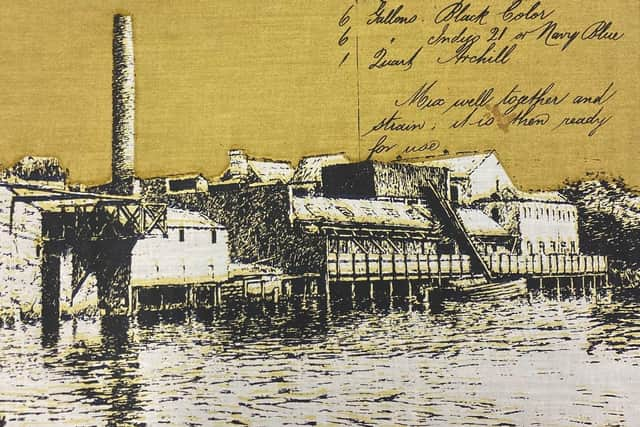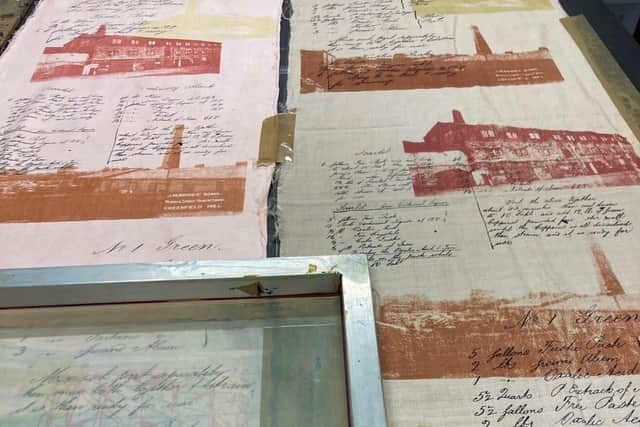Brand-new project exploring West Yorkshire's rich textile heritage opens at The Art House
and live on Freeview channel 276
The new exhibition brings together exciting and colourful artworks created by local artist and printmaker Kirstie Williams, to celebrate the significant part Wakefield played in the development of the region’s rich textile manufacturing.
Textiles have been a major industry in West Yorkshire for over 300 years, with many local companies specialising in a range of services including dyeing, weaving and production techniques. It is this history that offers much inspiration for artists and designers to delve into and make artwork.
Advertisement
Hide AdAdvertisement
Hide AdFor her latest project, Kirstie has created a new series of screen-printed textiles that celebrate and raise awareness for those who do not know the history.


The artist and designer spent six months researching the region’s history, famous for producing heavyweight cloth, which benefitted from Wakefield’s extensive waterway network that helped the city to become a thriving trading centre for both raw materials and finished cloths.
Her explorations have taken her to visit local textile mill sites, such as Edward Clay & Son in Ossett (manufacturers of sustainable felt wadding and established in 1870), as well as delve into museum collections and local archives.
Much of the imagery that Kirstie uncovered has inspired, or has gone on to feature in the artworks on display in the exhibition. Original imagery sourced from Wakefield Libraries Photographic Collection and the West Yorkshire Archive Service collections also feature, alongside colour samples and original inks made by Kirstie.
Advertisement
Hide AdAdvertisement
Hide AdWhile being inspired by traditional crafts and techniques, her wider practice investigates how processes in production can be more sustainable today. The local textile history is no stranger to the idea of sustainability, as reclaimed and recycled wool, known as “shoddy”, was produced locally as early as the 1800s.


Inspired by this, alongside her interest in creative sustainable and environmentally friendly alternatives to printing inks, the artist undertook bespoke training with Slow Lane Studio, led by Jacqui Symons, who specialises in foraged plants to create colour for textiles, paper and printmaking.
With a passion for quality and fostering tradition, Kirstie’s design process draws from philosophies that emphasise the importance of slowness in the creation and consumption of products, instead of technology-driven, fast-paced processes.
She went on to spend time developing recipes and inks using plants gathered locally to help her build a technical file of samples. Many works in the exhibition have been developed through playful experimentation with printmaking processes, using natural and plant dyes, inks and pigments.
Advertisement
Hide AdAdvertisement
Hide AdAlongside the project, Kirstie aims to raise awareness of the need to embed sustainable and environmentally friendly alternatives to printmaking and making art.


On February 17, visitors are invited to drop in to meet the artist in a free family-friendly workshop at The Art House. Participants will be able to learn more about printing and dyeing using natural colours from plants and vegetables and have the opportunity to paint their patterns onto cloth while taking inspiration from the surroundings of the Mills in Colour exhibition.
Mills in Colour was supported with a Culture Grant by Wakefield Council as part of Our Year – Wakefield District 2024.
The Art House, Drury Lane, Wakefield, WF1 2TE is open Tuesday – Saturday, 9.30am-4pm. Visit the-arthouse.org.uk